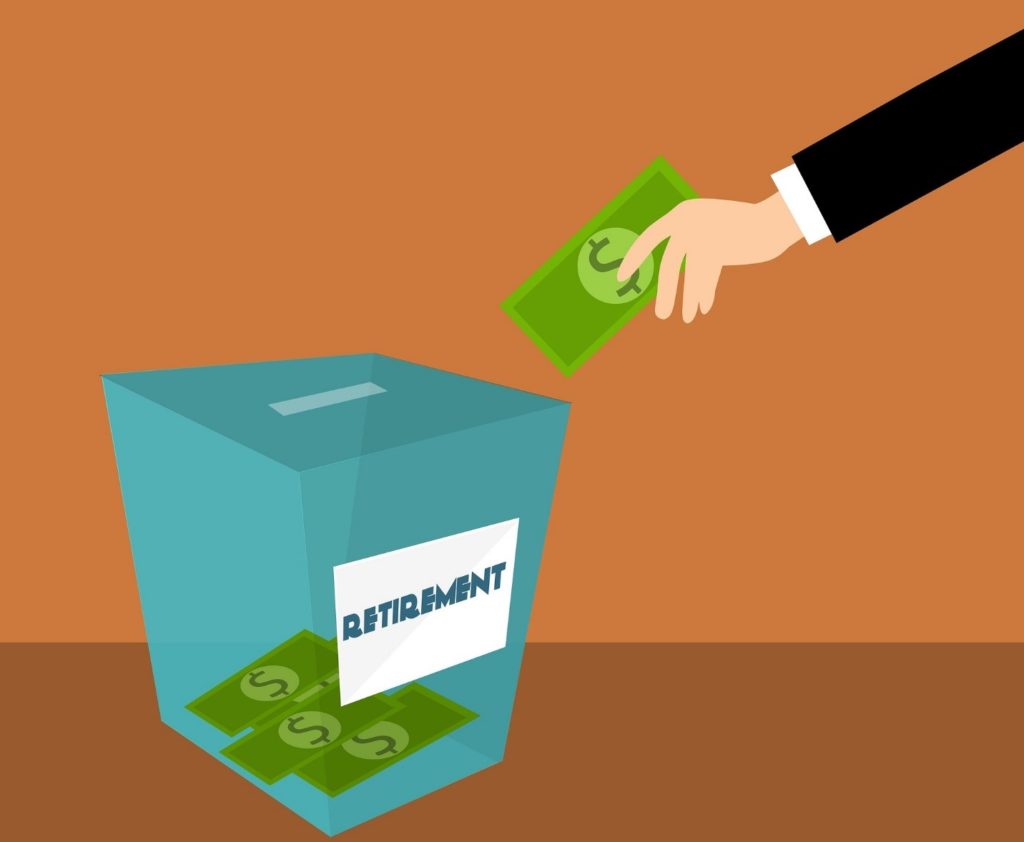Things to Know About the Pooled Registered Pension Plan in Canada

Pension plans are an excellent option to save money. Know everything about pooled registered pension plans through this exclusive blog.


Securing the future when you are not in your prime. Creating a corpus when you will solely rely on your accumulated money. That is how life works. Individuals – salaried or self-employed must save money via pension plans to become financially independent after retirement.
In Canada, there are different options using which Canadians can save money. These include a Tax-free savings account (TFSA), Registered retirement savings plan (RRSP), Registered Disability Savings Plan (RDSP), Pooled Registered Pension Plan (PRPP), etc.
In this blog, we will tell you everything about PRPP, which is often perceived as a cost-effective way of saving money. So, keep reading and secure your future in a better way.
What Is Pooled Registered Pension Plan (PRPP)?
A PRPP is available to all Canadians, whether individual or self-employed. The employer contributions are not mandatory in this type of pension plan. It is highly flexible and has a lower plan administration cost and investment management fees.
I. Eligibility and Participation
You are eligible for participation in a PRPP, if:
- You work with an employer, who has participated and enrolled in the PRPP. Further, his or her industry or business must be federally regulated
- You are either employed or self-employed in Yukon, Northwest Territories, and Nunavut
- You are residing in a province that has provincial standard legislations in place
- You have a valid social insurance number (SIN)
How to Get Enrolled?
You can enter the PRPP scheme through:
- Your employer (who is registered with the PRPP)
or
- PRPP administrator (such as a bank, or insurance company)
Once your PRPP account is opened, you can select the limits and start contributing money. All the types of contributions, namely, made by you, your employer, or any lump-sum contributions are pooled and credited to your PRPP account.
II. The Contributions to PRPP
The maximum contribution that you or your employer can make in your PRPP is based on the RRSP deduction limit. There are several ways following which you can find your RRSP deduction limit. These are:
- Access your Form T1028. Usually, CRA (Canada Revenue Agency) sends you this form when there are any changes to your RRSP deduction limit since your last assessment.
- You can find your contribution limit by going to any of the following:
- You can also check out your RRSP deduction limit statement. This is available in your latest notice of assessment or re-assessment.
The RRSP deduction limit holds a lot of relevance. In case your aggregate contributions* exceed the RRSP deduction limit, you can be taxed 1% every month of the excess contribution lying in the account.
*Aggregate contributions to calculate RRSP deduction limit include:
- Employer PRPP contributions
- PRPP, SPP, and RRSP contributions made by you
- Contributions made to the RRSP and SPP account of your spouse or common-law partner
Income Tax Benefit
You can get the deduction of the contribution made by you in the PRPP account. This will reduce your taxable income and ultimately your tax liability.
While filing your income tax and benefit return, you are not required to claim the entire contribution on Line 20800. Instead, you are required to only include the difference between your RRSP deduction limit and the amount of your employer’s contribution.
For example,
- If your RRSP deduction limit for the year is $9,000 and your employer’s contribution is $4,500, then you are required to include only $4,500 in your income tax return on Line 20800.
- This is because the amount that you have contributed to your PRPP is only available as a deduction.
- The amount contributed by your employer is not an eligible deduction
III. Inflows and Outflows to and from PRPP
Inflow to PRPP
You can transfer money to your PRPP account in the following ways:
- From any other PRPP account
- From your other savings accounts, such as RPP, RRSP, RRIF, SPP or DPSP
- From your spouse’s, or common-law partner’s RPP, RRSP, RRIF, SPP, or DPSP
- This is possible only when there is a breakdown of the marriage or common-law partnership and you are eligible to receive money from these accounts.
Outflow from PRPP
You can transfer or send money from your PRPP in the following ways:
- To any other PRPP account
- To your other savings accounts, such as RPP, RRSP, RRIF, SPP or DPSP
- To your spouse or common-law partner
- This is possible only when there is a breakdown of the marriage or common-law partnership and they are eligible to receive money from your PRPP
IV. PRPP Withdrawal Rules
Considering that PRPP is specifically for your retirement, the money held in this account is usually locked in. You cannot withdraw money from your PRPP before your retirement.
However, Pooled Registered Pension Plans Act allows withdrawal from PRPP under certain circumstances. The PRPP life events describe three different events under which you can withdraw your money from PRPP even before your retirement. These are:
- Break-down of common-law partnership or marriage
- Death of the PRPP member
- A qualifying survivor will receive funds, if designated, from the PRPP account of the deceased



